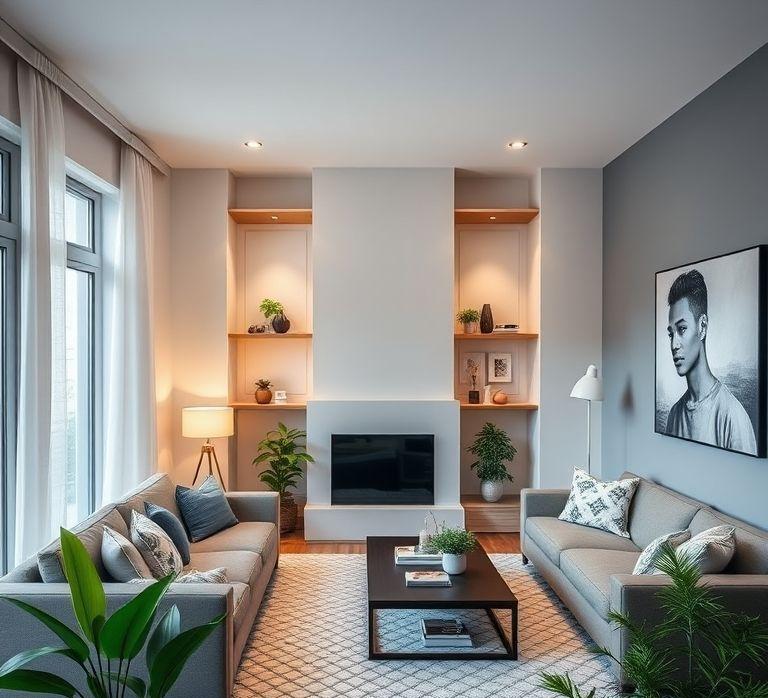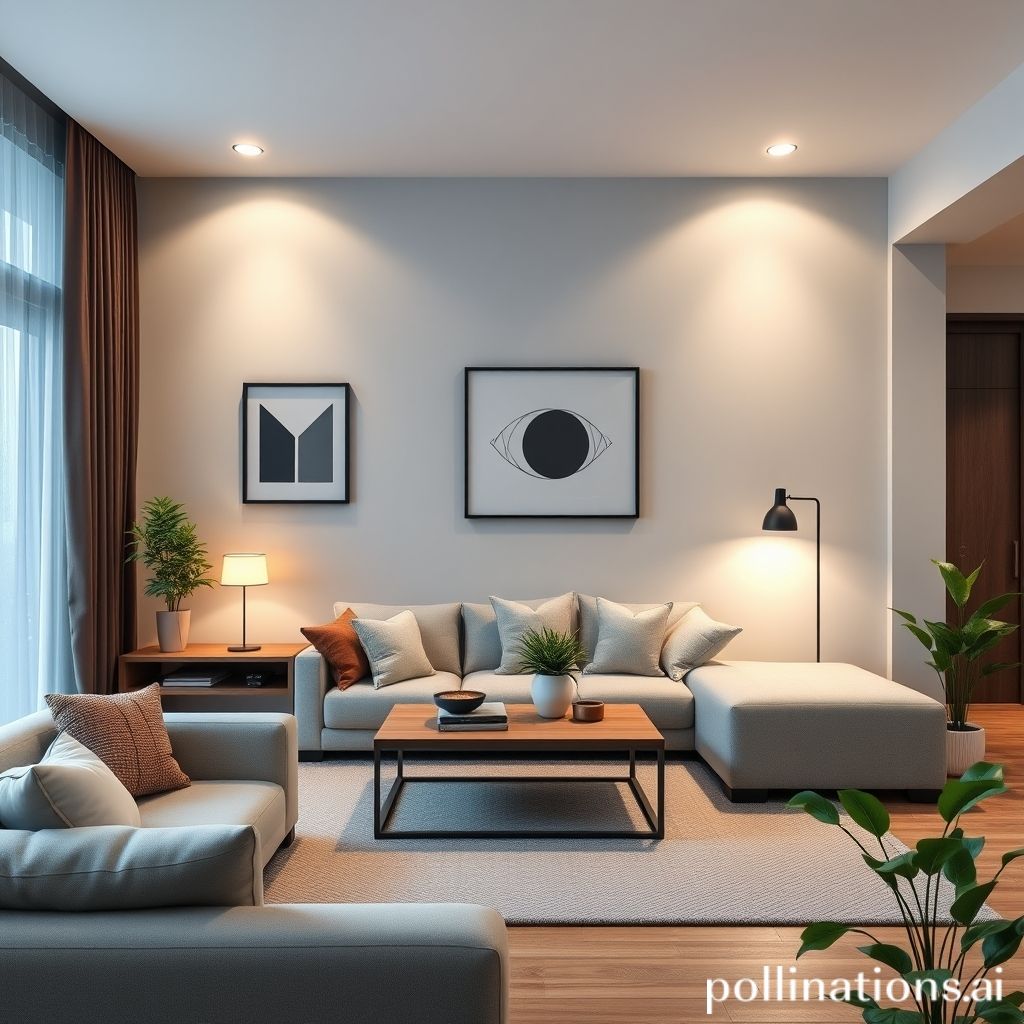Smart homes are often portrayed as complex, futuristic environments accessible only to tech-savvy individuals. This perception can be intimidating, leading many to believe that "smart" automatically equates to "complicated." But is this really the case? Let's dive into some common misconceptions and debunk the myth that smart home technology is inherently difficult to understand and implement, proving that automation can be accessible and user-friendly for everyone.
The Setup Struggle: Not as Daunting as You Think
One major misconception is that setting up a smart home requires extensive technical knowledge and hours of configuration. While complex setups are possible, the reality is that many smart home devices are designed for easy installation and use. Think of smart bulbs that screw in like regular bulbs and connect to your Wi-Fi via a simple app, or smart plugs that instantly automate existing appliances.
Many devices utilize intuitive mobile apps that guide you through the setup process step-by-step. Furthermore, most major smart home platforms offer excellent customer support and extensive online resources, including video tutorials and FAQs. So, while advanced integrations might require some technical know-how, getting started with basic smart home functionality is often surprisingly straightforward. The key is to begin with a few simple devices and gradually expand your system as you become more comfortable. Don't feel the need to replace everything at once.
The Price Tag Panic: Smart Doesn't Have to Break the Bank
Another common concern is the perceived high cost of smart home technology. While some high-end systems can be expensive, there's a wide range of affordable options available. You don't need to outfit your entire home with the latest gadgets all at once. Start small by focusing on areas where automation can provide the most benefit, such as energy savings with a smart thermostat or increased security with a smart door lock.
Consider the long-term benefits of smart home technology. Smart thermostats can reduce energy consumption, leading to lower utility bills. Smart lighting can be programmed to turn off automatically, saving electricity. And smart security systems can potentially lower your insurance premiums. Furthermore, the price of smart home devices has steadily decreased over the years, making them more accessible to a wider range of consumers. There are frequently sales and discounts available, especially during holidays.
The Control Conundrum: Simple Control at Your Fingertips
Many people worry that managing a smart home will be a constant juggling act of multiple apps and complicated interfaces. However, most smart home devices can be controlled through a single, central hub or platform. This could be a dedicated smart home hub like SmartThings or a voice assistant like Amazon Alexa or Google Assistant.
These platforms allow you to create routines and automations that simplify everyday tasks. For example, you could set up a "Good Morning" routine that automatically turns on the lights, brews coffee, and plays your favorite music with a single voice command. Moreover, most smart home devices are designed with user-friendliness in mind, featuring intuitive interfaces and straightforward controls. Remotely controlling your devices through your smartphone gives you a complete peace of mind. With features like these, complexity becomes ease.
The Privacy Predicament: Addressing Security Concerns
It's true that data security and privacy are legitimate concerns with any connected device, including smart home technology. However, reputable smart home manufacturers take these issues seriously and implement various security measures to protect your data. These measures include data encryption, two-factor authentication, and regular security updates.
It's important to research the security practices of any smart home device you're considering and choose brands with a strong track record of protecting user privacy. You can also take steps to enhance your own security by using strong passwords, enabling two-factor authentication, and regularly updating your device firmware. Read the terms of service before buying anything. Being vigilant is the best approach when you are worried about privacy.
In conclusion, the myth that smart homes are inherently complicated is largely untrue. While advanced configurations can be complex, many smart home devices are designed for easy setup, affordable prices, and user-friendly control. By starting small, researching reputable brands, and taking steps to protect your privacy, you can create a smart home that simplifies your life and enhances your comfort and security, without needing a degree in computer science. The future is automated, and it's more accessible than you think.



